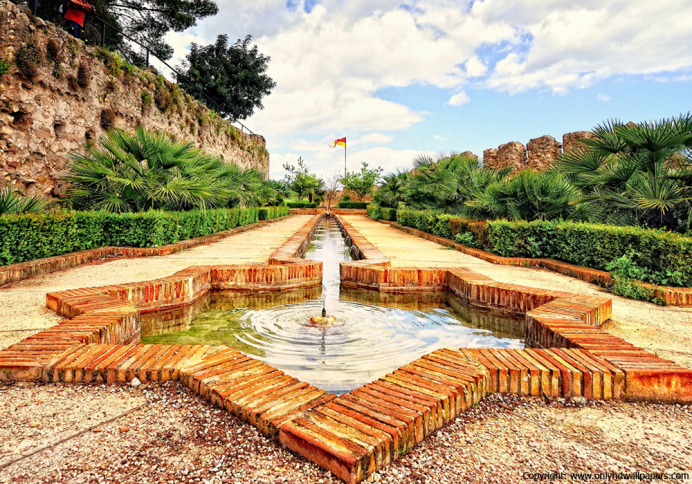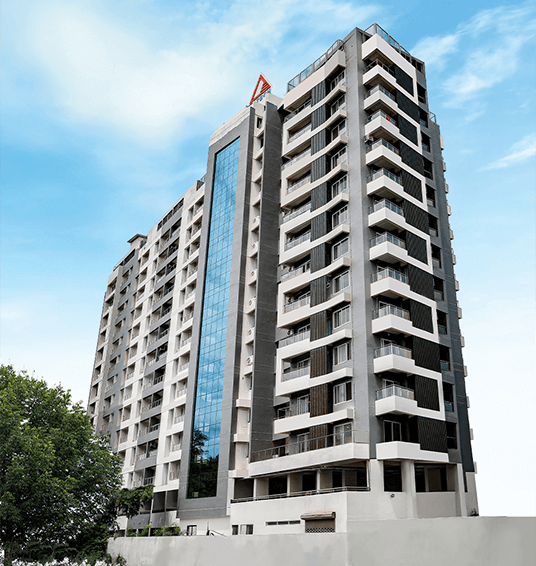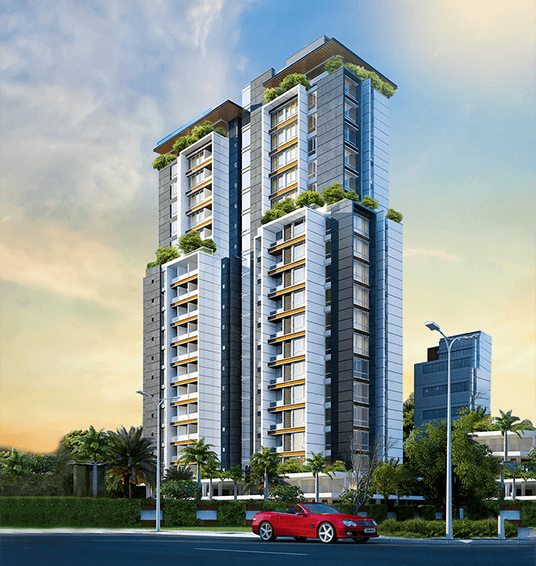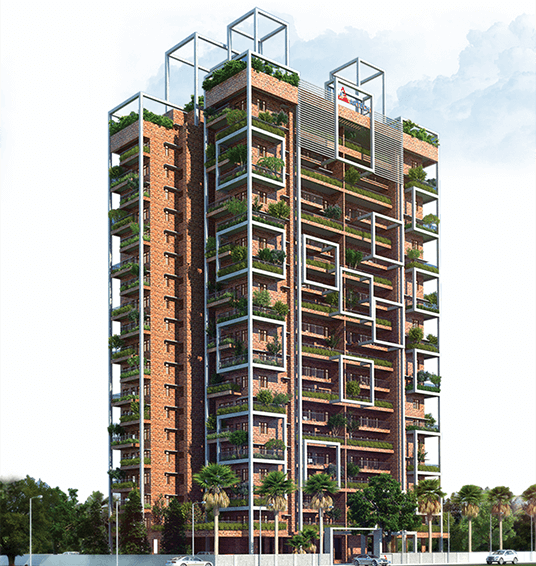
It cannot be denied that the architecture of a society is reflective of its cultural, political and economic influences. For instance, until the 1930’s one need the King’s permission to install tiled roofs! In the days of yore, there was no concept of drawing room- visitors were made to sit on the Charupady – or wooden benches with exquisite carvings. The Head of the Family or Karunavar sat on a large reclining chair that was placed on the Poomukham. Rising real estate prices and the popularity of single family units today, have largely contributed to a decline in the demand for large houses. People are now happy to settle down for a few hundred square feet of space, albeit it comes with all the trappings of a modern life. Thus high rise apartments with facilities such as spa, gym, theatre etc. are now popular throughout Kerala. Here are some of the other latest building trends in Kerala;
Vasthu Shastra: Traditionally, houses in Kerala were built according to the principles of Thachu Shastra. However, today, the focus is on Vasthu. This Shastra dictates the placement of all things –big and small, including the kitchen sink and gas appliances. It also dictates the placing of rooms. Thus, bedrooms should be at the South West corner of a house, and kitchen should be in the North East corner. And one must admit, the craze for Vasthu has transcended religious boundaries as well!
Eco and Energy friendly: Thanks to our use of natural materials, Kerala was always on the forefront of eco-friendly architecture. But over time such concepts took a backseat and we began to blindly ape the western style of construction. Today, eco and energy friendly construction has become popular. Rain water harvest structures, solar water heater systems, efficient windows to allow natural daylight, are some of the efforts undertaken by modern day architects.
Incorporating Traditional Kerala Architectural Styles: Homeowners today prefer a fusion of traditional architectural styles and modern day comforts. Thus, we now have ‘Kerala style’ homes where traditional elements such as thinna, poomukhams, charupadis, etc. are implemented in modern concrete structures. There’s also a revival of the Nadumuttom style where an open central courtyard divides the house in four different sides.
Granite and marble are no longer in vogue: There was a time when using granite and marble flooring was considered to be a matter of pride and prestige. But thanks to the availability of cheaper varieties of marble (and granite), they’re no longer considered exquisite. The current trend is to use alternatives like wood, marbonite, stained concrete, etc.
These changes have indeed been radical, but they’re reflective of the modern Malayali’s tastes and sensitivities.













